The spiciness of chile peppers (Capsicum) is attributed to their active component, capsaicin, and related capsaicinoids.
Chile peppers produce capsaicinoids as secondary metabolites (organic compounds not involved in growth, development, etc.), probably as deterrent against certain mammals and fungi.
the look of capsaicin in 3D: Ben Mills (Benjah-bmm27), Public Domain, via Wikimedia Commons @ https://commons.wikimedia.org/wiki/File:Capsaicin-3D-vdW.png
Chile peppers enjoy an ancient botanical history, prior to appearance in New Mexico, as colorful as their indubitably revitalizing tastes.
Landscape of the xeric Tehuacán Valley matorral ecoregion in Puebla state, one of Mexican regions credited with chile peppers as domesticated crop.
Tehuacán-Cuicatlán Biosphere Reserve, near San Antonio Texcala, Puebla state, Central México: Luistlatoani, Public Domain, via Wikimedia Commons @ https://commons.wikimedia.org/wiki/File:Paisaje_en_Texcala,_Puebla,_México.JPG
In "How Chile Came to New Mexico," Sage's gift of a turquoise necklace serves successfully as good luck charm for Young Eagle in his quest for chile pepper seeds.
Ancestral Puebloan (Anasazi) turquoise and argillite (orange) inlay pieces, circa 1020-1140 CE.
Pueblo Alto, Chaco Culture National Historical Park, northwest New Mexico: National Park Service Chaco Culture National Historical Park, Public Domain, via Wikimedia Commons @ http://commons.wikimedia.org/wiki/File:Chacoan_turquoise_with_argillite.jpg
"How Chile Came to New Mexico" is set in the enchanting landscape of a Rio Grande Pueblo community.
Rio Grande crosses Colorado-New Mexico border to flow through central New Mexico and hug west Texas-northeastern Mexico border before emptying into Gulf of Mexico at Brownsville, at southernmost tip of Texas.
Route 64 Rio Grande Gorge Bridge near Taos, north central New Mexico: Daniel Schwen (DSchwen), CC BY SA 4.0, via Wikimedia Commons @ https://commons.wikimedia.org/wiki/File:Rio_Grande_Gorge_Bridge.jpg



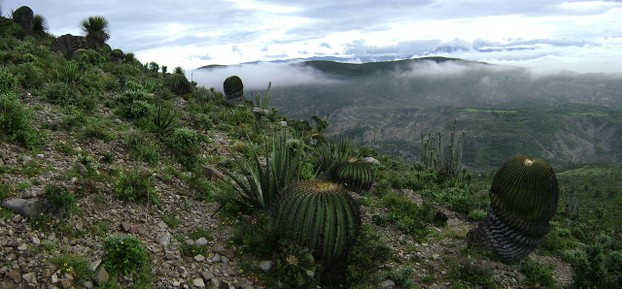
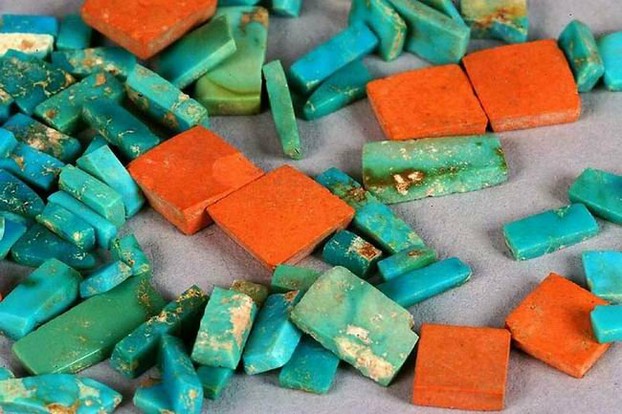
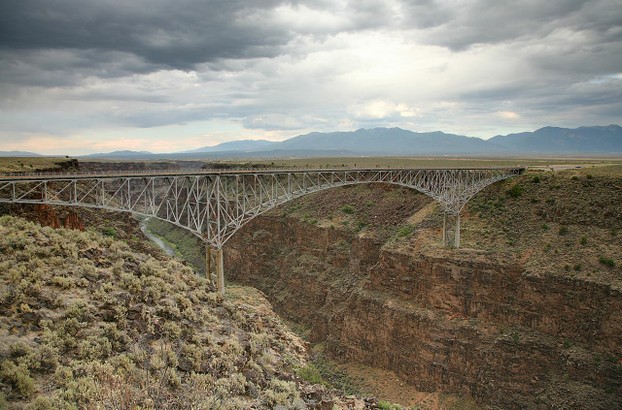
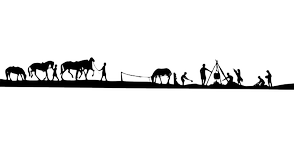




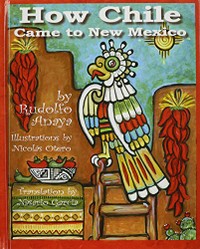

 Are Hawaiian Huakai Po Nightmarchers Avenging Halloween Thursday?on 10/02/2024
Are Hawaiian Huakai Po Nightmarchers Avenging Halloween Thursday?on 10/02/2024
 Mailing Addresses for 2023 Form 4868 Extending 1040 and 1040SR April 15, 2024, Due Dateon 04/15/2024
Mailing Addresses for 2023 Form 4868 Extending 1040 and 1040SR April 15, 2024, Due Dateon 04/15/2024
 Mailing Addresses for 2023 Forms 1040 and 1040SR Filed in 2024on 04/15/2024
Mailing Addresses for 2023 Forms 1040 and 1040SR Filed in 2024on 04/15/2024
 Mailing Addresses for 2022 Form 4868 Extending 1040 and 1040SR April 18, 2023, Due Dateon 04/13/2023
Mailing Addresses for 2022 Form 4868 Extending 1040 and 1040SR April 18, 2023, Due Dateon 04/13/2023

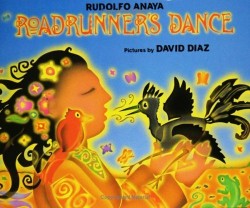
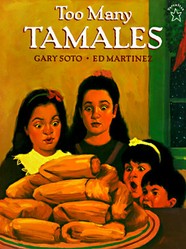
Comments
Mira, Unfortunately, children's books can, indeed, be pricey! Thus far, "How Chile Came to New Mexico" is not included in the local public library system, which carries very few of Rudolfo Anaya's writings. I am fortunate to have been gifted with a copy of this recent (2014) story by one of New Mexico's most famous storytellers. I hope that you are able to locate a less expensive copy, if you are interested in the book, because it is well done.
Unfortunately this book is very expensive at $22.46. Did you find it at a library?